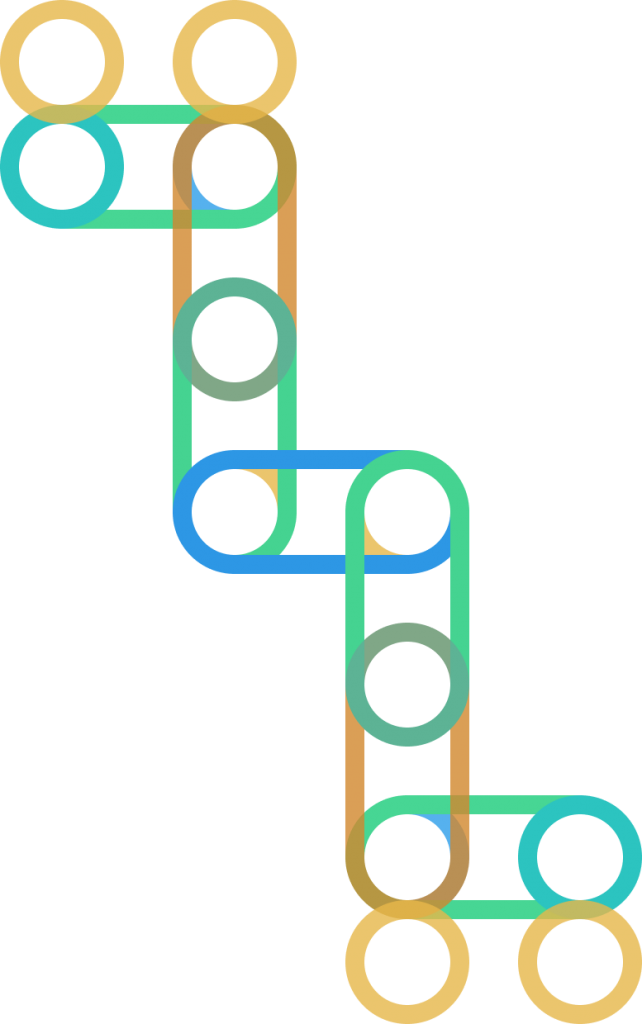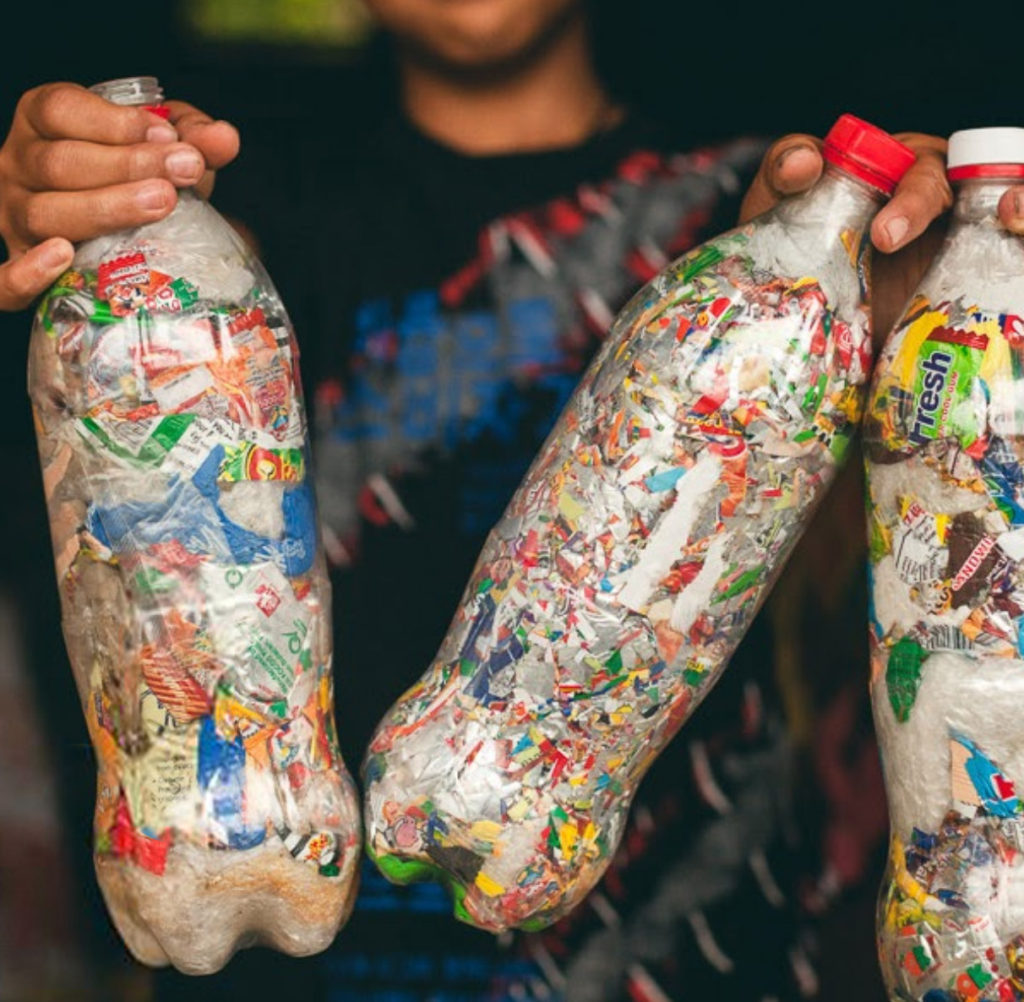
There’s no going back for brands that want to win over the next generation of movers and shakers.

Consumers have never wielded as much power as they do in the digital age, and the next generation of consumers are conscious of this influence more than any other before them.
Almost born with a smart phone in their hands, Gen Z, is the first to grow up with constant access to the Internet and portable digital technology from a young age. They, more than any before, have started to send shockwaves through corporate boardrooms around the world.
As the generation’s activist-in-chief, Greta Thunberg, says, “change is coming, whether you like it or not”, and her words are backed up by research by Wunderman Thomson, the New York-based global marketing communications agency.
The Regeneration Rising report shows clearly how Gen Z has shifted the debate around sustainability and plastic waste from words to action.
As “Greta” says, change is in the post. Wunderman Thomson’s research highlighted how the pandemic had failed to dent the demand, already identified in 2018, for more sustainable products and companies.
Of the respondents across the United States, the United Kingdom and China, 84% think economies should be rebuilt in a way that champions inclusivity and sustainability. Some 89% of respondents wanted companies/brands to do a lot more to reduce their carbon impact and 86% saying they expect businesses to play their part in solving big challenges like climate change or social justice. Furthermore, 88% of respondents said companies/brands have a responsibility to take care of the planet and its people and 94% of respondents place living more sustainably as an aspiration even if they don’t always hit the target.
“We’re seeing people change the way they spend money and become more intentional in the way they spend,” Marie Stafford, global director of Wunderman Thompson Intelligence told AdaPETation. “So, you know for a really long time that consumers, customers are asking more questions of brands. They want to know more about where the things they’re buying are made and who they buy from and how they’ve been transported and what materials have been used and all the recyclable and how are they packaged, to even, who owns the brand?”
The research pointed to consumers needing help to close the behavior gap between what consumers would like and what they can actually afford in real life, presenting an opportunity for brands.
In the survey, 79% of respondents said they would be interested in more practical tips and advice from companies or brands on how to live more sustainably. Is it now time to nudge people towards better behavior?
Directly affecting the PET industry and the packaging industry, 63% of respondents said they were trying to avoid single-use plastic.
The gap between aspirations and reality can vary enormously between different countries. Analysis of the volumes of single-use plastic waste generated in over 100 countries indicates that the average person generates just over 15 kg of single-use plastic waste per year with countries like the US and Australia “outperforming” the global average with more than 50 kg per person per year. In China – the largest producer of single-use plastic by volume – each individual produces 18 kg of single-use plastic waste per year and in India that figure is as low as four kg per year. In Europe, per capita plastic waste varies from 22 kg in Germany to 55 kg in the Netherlands and Belgium.
Post-COVID-19, the report says “consumers are juggling concerns over health and money with their desire to live more sustainably. Pioneering brands can inspire them, eliminating friction, building in desirability and accessibility, and thus nudging them toward sustainable choices”.
Making sustainability easier drives purchase motivation, the report says, with 81% of respondents saying that if brands make it easier to reuse or recycle their products and packaging, they are more likely to make a purchase.
Rather than reversing progress made towards more sustainable businesses, the pandemic has accelerated the trend and bolstered customers’ demands for a renewed commitment to not just sustainability but to go further towards regeneration of local ecosystems.
“If you think we’ve just been through a global pandemic, when you would expect that all concerns about the planet and sustainability would be pushed to one side because we’re all just kind of trying to survive, to put food on the table, stay healthy and look after our families but one of the most interesting things that I found in our research is that your concern about the planet, concern about the environment stayed steady. Despite all of that, you know, it didn’t drop,” says Stafford.
“I think that’s pretty remarkable because, in the research that we did and the experts that we spoke to, there’s been five or six waves of pressure around sustainability and change that goes back to the 60s. So since the late 60s and there’s always something that happens, whether it be kind of a major traumatic event or a major recession or something like 9/11. There’s always something that happens to knock it back. And the pandemic was almost the perfect scenario for that to happen again but it doesn’t seem to have happened. You know, that sort of sentiment that we saw pre-pandemic is still there, which tells me that things might be different this time.”
In response to the unequivocal messages from their customers, businesses are now aspiring to a new class of leadership, setting bold commitments to net zero and pledging action on inequities.
According to economist Mark Carney a more open era awaits, characterized by collaboration and open-sourced innovation. An explosion of tech advances promises “the investment opportunity of our time,” a regenerative revolution of renewable energy, decarbonization and green tech.
As Stafford says, the pressure from customers has been added to that of activists and the shift in consumer behavior is prompting investors to sit up and look more closely at the risks associated with investing in businesses that are not future fit.
“It’s not just consumers, not just activists anymore. It almost feels like industries are waking up, investors are waking up. We’re seeing this political pressure now, which has been kind of absent for so long and particularly over the last four or five years we’re now starting to see political momentum. So it feels like, you know, there is potential for change now. And consumers, people have been very much the driving force behind that.”
And while the transition is still in its infancy, there’s no turning back on Gen Z’s watch, says Stafford.
“As a generation, they’re the ones who want to change the world. They’re finally getting to the stage where they might do it because they’re sort of growing to those positions of power and influence, becoming people who have money to spend. But what’s also interesting about them is that they’re so sophisticated in their understanding of brands and businesses in a way that I just don’t think certainly my generation was at their age.
“They have this intuitive understanding. They are much more able to penetrate the reality than previous generations were. And so I don’t think it’s as easy to pull the wool over their eyes.”
The plethora of pledges being made by the world’s largest consumer brands as part of the plastics pacts signed up to in the world’s most important economies will not be forgotten in the future, says Stafford.
“A lot of businesses and brands are making commitments now, some are quite in the distance, some more ambitious than others, probably some more heartfelt than others. But this generation will be able to sort the wheat from the chaff. They’re going to see what is genuine and what’s not. And I think that in itself is really going to push and put pressure on brands to really kind of put their money where their mouth is,” she says. “They’re really watching. They’ve got their eye on what business is doing.
Share it
Useful Links
THE HISTORY OF PLASTIC
Throughout the history of plastic, PET has been crucial in keeping food fresh with lightweight and durable packaging solutions that have helped reduce food waste for almost a century. Learn all about the invention of plastic and the important role it has played feeding people and saving the lives of humans and elephants in the adaPETation® timeline of the history of plastic.




